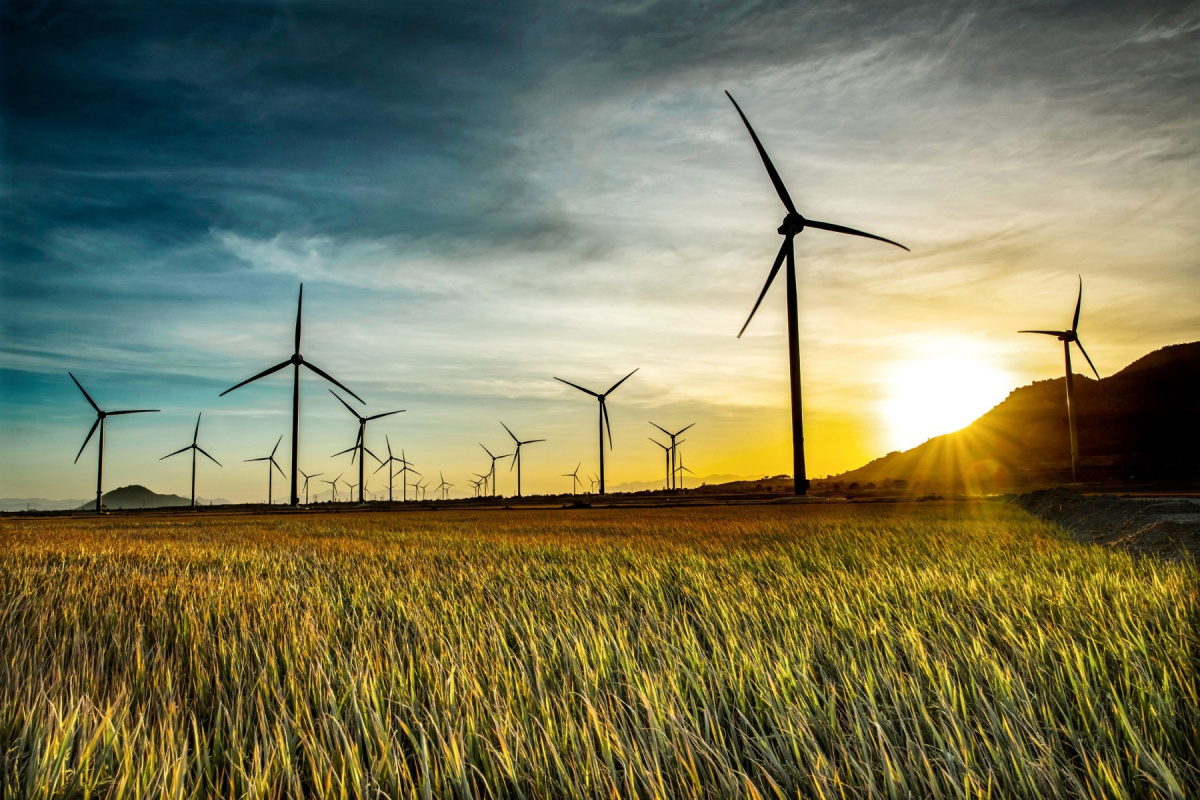Source-to-Sea management: a case study on solid waste flow in Vu Gia-Thu Bon River Basin
Vu Gia-Thu Bon (VG-TB) is the ninth largest river basin in Viet Nam and stands out as the only large river system in central Viet Nam that discharges directly into the East Sea near Hoi An. Short, steep watersheds with highly seasonal flow typically generate large volumes of sediment, pollutants and have direct and immediate impacts on downstream environments.
Recognizing the fact that upstream land and water use can have a disproportionate impact on estuaries and coastal environments, several management approaches have been developed to integrate land and marine resource management such as the Source-to-Sea (S2S) approach. S2S addresses the interdependence of river basins and coastal areas and attempts to holistically address management concerns whilst managing upstream impacts on downstream areas.
The approach has been published by Stockholm International Water Institute (SIWI) and is described in “Implementing the Source-to-Sea Approach: A Guide for Practitioners". It takes practitioners through the following six-step process for effective implementation: Step 1: Characterize, Step 2: Engage, Step 3: Diagnose, Step 4: Design, Step 5: Act, Step 6: Adapt. The approach of integrated systems like S2S is, therefore, highly relevant to the Vu Gia – Thu Bon where terrestrial and marine activities are connected.
Since 2019, a pilot S2S project in VG-TB river basin area has been implemented by IUCN with technical support from SIWI. This project is a part of the Foundations for Source-to-Sea Management project with financial support of Federal Ministry of Economic Cooperation and Development (BMZ) through Deutsche Gesellschaft für Internationale Zusammenarbeit (GIZ) GmbH.
The purpose of this pilot is to test the S2S approach using the aforementioned practical guidance and methods. The project focused on solid waste management and specifically plastic leakage since marine plastics is a huge issue in Viet Nam. A 2017 study found that plastic pollution from river to sea accounts to 88-95% of total ocean plastic pollution.
In October 2019, facilitated by SIWI and IUCN, a group of experts from the Resources and Waste Advisory (RWA) Group conducted the first quantitative and qualitative assessment on S2S solid waste flows (see video). The assessment aims to apply the above three steps of the framework for the VG-TB river basin.
The assessment summarised waste quantities and the amount of uncollected waste per cluster (urban centres, low density settlements and rural areas and coastal and/or touristic areas) from the samples taken in the field. It shows that a total of 38.6 tons per day of plastics are not collected in the river basin. That amount originates mainly from rural communities due to their lower coverage of waste collection.
This uncollected plastic waste includes recyclable and non-recyclable and low value plastics. Due to its value, a portion of recyclable plastics is recovered by individual households, waste pickers and waste collection workers. There is no reliave estimate of the amount that is recovered through these means. The remaining amount (mainly low value single-use plastics) is dispersed into the environment, on land or in water bodies.
The assessment report includes a set of short and medium term priority actions:
- Addressing singleuse plastics via plans for reduction and substitution, limiting use, incentives for producers and retailers to move away from single-use plastics, levies on bags, target hospitality and food packaging industry to move from single-use to zero waste.
- Improving solid waste management services particularly for rural and coastal areas in hotspots such as tourism areas and fishing ports.
- Supporting recycling value chains by introducing plastic banks, support pilot projects and innovations, cooperate with tourism and packaging industry, discuss and introduce extended producer responsibility (EPR) systems for selected packaging.
- Creating awareness on consumer, producer (and retailer) and political decision maker level.
The pilot project also considered a stakeholder engagement plan to support behavioural change. This take time: short workshops or capacity building events are insufficient. Future plans should go hand in hand with field activities over sufficient time to have an effect.
Knowledge about stakeholders will be very important moving forward. Knowledge about primary stakeholders will be used to design monitoring plan and reporting results for Step 6- Adapt. The information collected on key stakeholders will be used to diagnose governance system and practices in Step 3 – Diagnose and developing intervention strategies and in Step 4 – Designing.
The governance baseline survey identified key opportunities and challenges for implement S2S management and made some recommendations. The main recommendation is that the Joint Coordination Committee (JCC) of VG-TB River Basin and Coastal Area Quang Nam-Da Nang should be strengthened in order to coordinate S2S management more efficiently. Moreover, the JCC should include priority actions identified in this pilot project in its action plan for the next five years to reduce plastic waste pollution.








